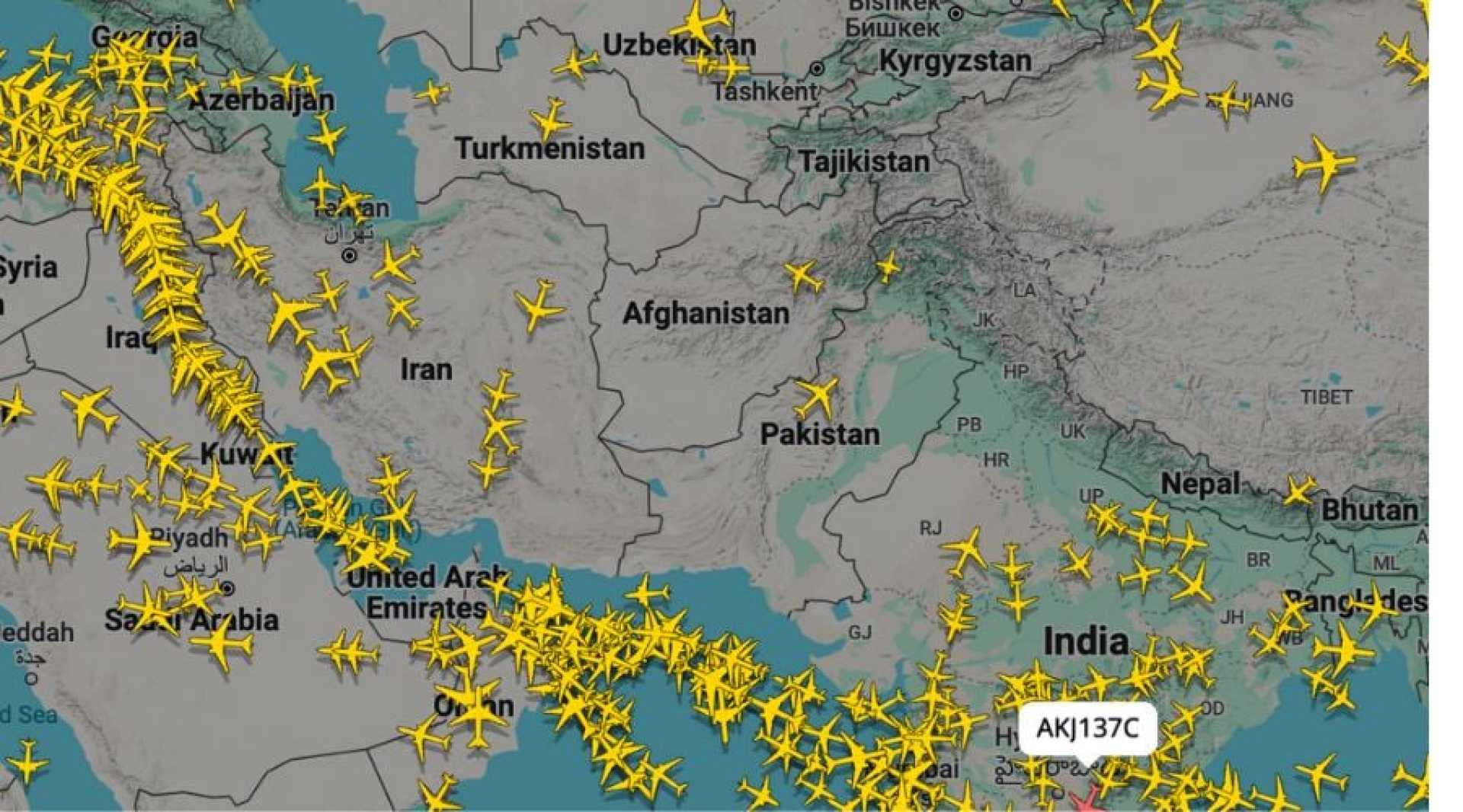Business
European Airlines Cut U.S. Routes Amid Rising Demand Elsewhere

(BRUSSELS, Belgium) European airlines are scaling back their flights to major U.S. cities, including New York, Miami, Los Angeles, and Chicago, due to a significant drop in transatlantic bookings. This change comes as carriers, such as Lufthansa, British Airways, Air France, and KLM, redirect their focus to destinations in Canada, Mexico, Brazil, and the Caribbean where travel demand is increasing.
The shift in schedules is evident for summer 2025, with numerous weekly flights being cut from the U.S. market. Concerns over safety, political tensions, and complicated entry requirements have influenced this decision. “Travelers are looking for destinations with easier entry and better deals,” said a spokesperson for a European travel agency.
Specifically, Lufthansa has reduced its services to key U.S. cities, according to internal schedules. Agencies in Frankfurt and Munich have reported declining interests in American cities, prompting the airline to focus more on markets such as India and Japan.
British Airways is also cutting back, suspending flights to Las Vegas and reducing its presence in Orlando and Philadelphia. “Customers prefer destinations that provide a smoother travel experience,” explained a travel agent in London.
Air France has made similar adjustments by dropping its Seattle route and limiting service to Washington D.C. Changes have also been noted with KLM and Iberia, who are reallocating aircraft to more profitable routes in Latin America and Southern Europe. Recent data confirms that interest in U.S. travel is waning among French and Spanish travelers.
Travel agencies across Europe are observing a marked shift in preferences away from U.S. travel, citing economic concerns and political climate as major factors. Tourism Economics reports a 10% year-over-year drop in bookings from Europe to the U.S. for the summer season.
United Airlines and Norse Atlantic Airways have also cut routes, further indicating a trend of decreased demand for transatlantic travel. With more travelers choosing alternative locations, U.S. tourism officials may need to rethink strategies to entice international visitors as airlines continue to adjust their routes.












